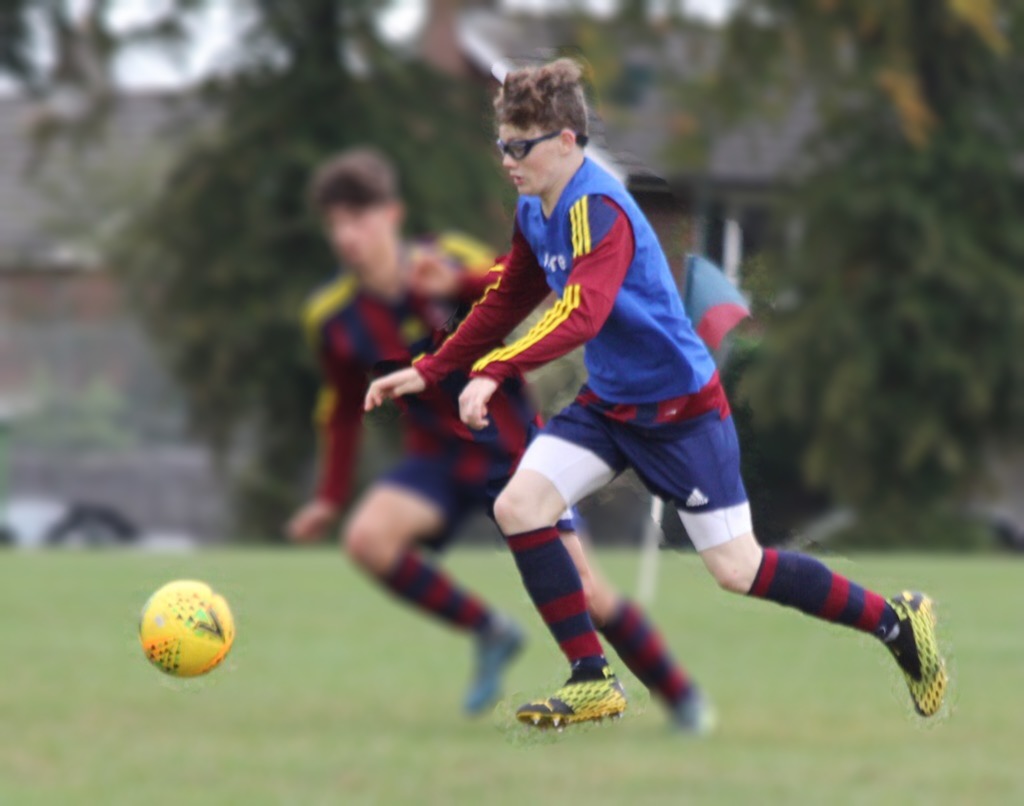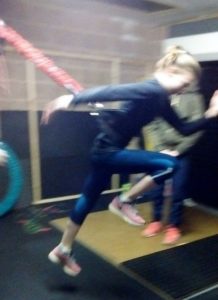Main Menu
Latest Blog Entry
User login
Speed Training: co-ordination versus strength.
Adjusting the dials for your athlete
When looking at a new athlete and their running, I try to assess whether we can improve speed through co-ordination training or strength training, or both.
I use the analogy of having two dials with the athletes: they both are necessary, but we adjust one at a time according to the athlete’s needs.
“Strength” coaches will always look at squats first with “maximal strength” being the answer to everything. However, it could be a relative strength issue, for example when trying to improve the speed of rugby players there is a trade off between size and function.
 Studies at the Brisbane Broncos showed momentum to be a key feature of high performing players. Momentum is mass x velocity; if you increase your mass without concomitant improvement in relative strength (your ability to control your own body weight in all planes of movement) there is likely to be a reduction in velocity i.e. your momentum may go down.
Studies at the Brisbane Broncos showed momentum to be a key feature of high performing players. Momentum is mass x velocity; if you increase your mass without concomitant improvement in relative strength (your ability to control your own body weight in all planes of movement) there is likely to be a reduction in velocity i.e. your momentum may go down.
Mindless hypertrophy work or two legged sagital plane work may indeed increase mass and strength in that plane, but you must be able to apply it on the field.
Most rugby players I see tend to work on mass at the expense of co-ordination: the “Get slower” programme.
I work hard on their co-ordination in running and change of direction drills. Props are very hard to tackle once they have learnt to run fast.
What about young athletes and females?
I am lucky to work with some fast young athletes from different sports at the ADC in Devon. None of them have great “maximal strength” but they do have high levels of muscular coordination.
In these athletes, and also with most females, strength training is required to allow them to withstand the rigours of training and playing. This starts with control of their own body weight, then progresses to challenging this in different planes, different directions, different speeds.
Then we increase volume, then we may add external load when ready.
Some athletes are naturally strength athletes, some are naturally speed (co-ordination) athletes. Both types of training are necessary, but adjust the dial according to their needs.
“One size fits all” is a shortcut that rarely leads to success.
Further reading
Client Testimonials
 Sam Malcolm
Sam Malcolm
My son, Sam (17), has been working with James over the past fourteen months, during which time Sam has been making the transition from youth to senior football. James has undertaken regular (weekly/biweekly) individual sessions and provided a structured programme for Sam to work on in between the face to face meetings. I have been […]
More



Comments
[…] Slow: If you don’t work on the application of strength through a full range of motion, and at speed, then you might end up getting slower as they found in Australia. […]
[…] Strength – how much work can the muscles do? […]